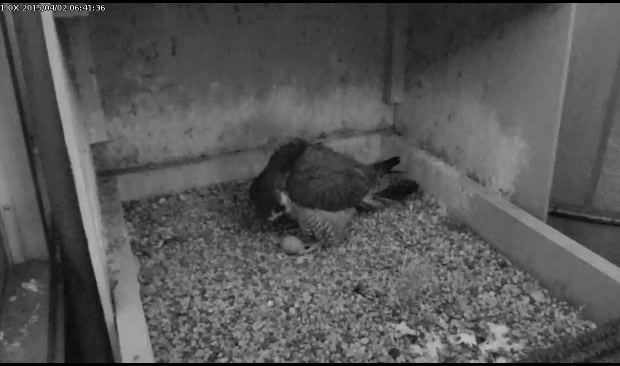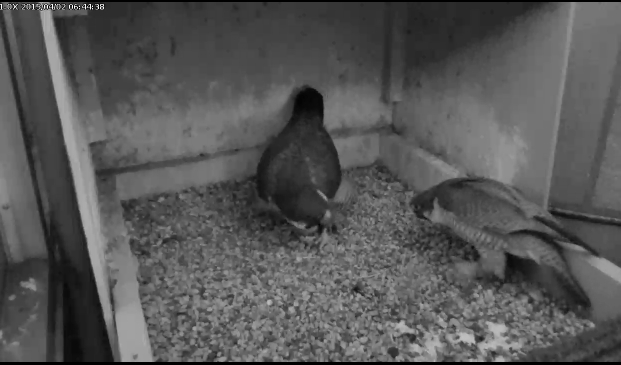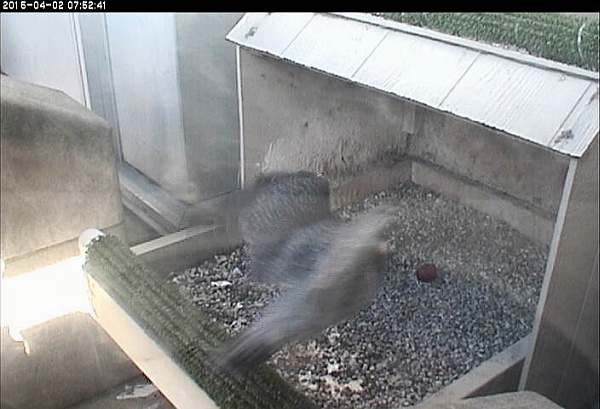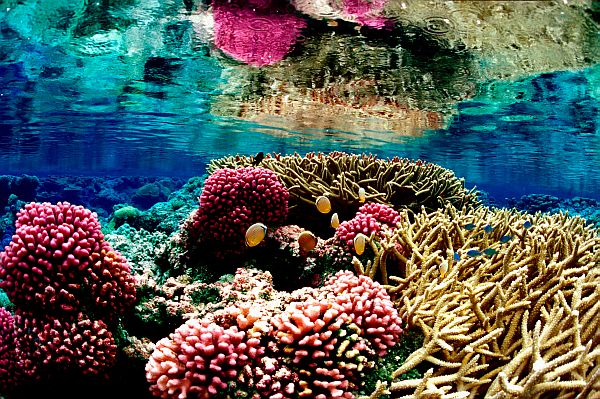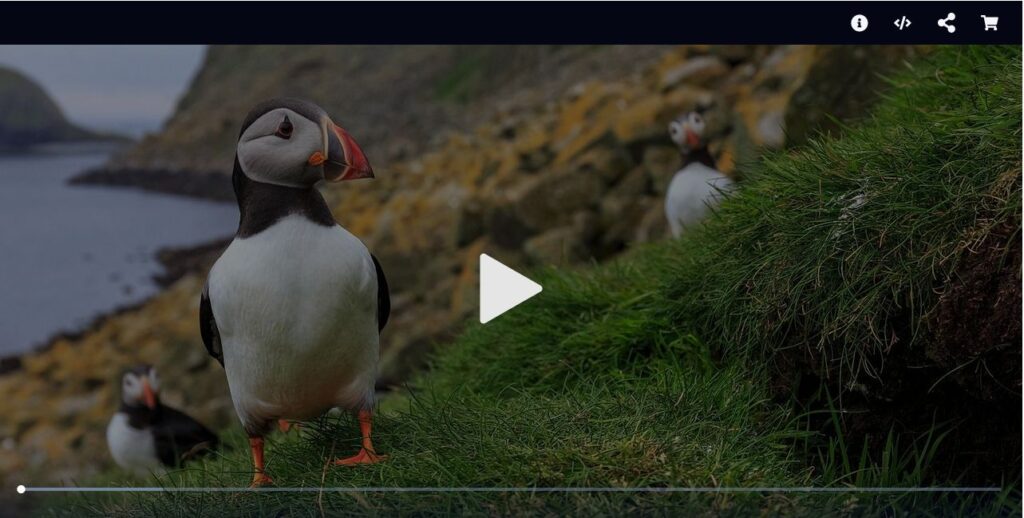
2 April 2015
Just in time for nesting season PBS NATURE premieres their three-part series Animal Homes. Episode 1 on April 8th is devoted to Nests.
Using time lapse photography, infrared light and tiny HD cameras, the producers got up close and personal during all the stages of nest building. The Anna’s hummingbird above is just a taste of the beautiful footage and intimate looks at the birds.
Each nest is custom made. The wonder is that strong, resilient, and intricate nests are woven out of grass and twigs using only a beak. And some build with mud, sticks or merely leaves:
- Red ovenbirds (rufous hornero) of South America build an oven-shaped nest entirely of mud with an amazing internal baffle that forces them to squeeze in sideways. Watch what they do when the cowbirds come.
- A male osprey attracts a mate while he builds a 400-pound nest from scratch, stick by enormous stick!
- Male Australian brush turkeys build compost heaps of leaves where multiple females deposit their eggs, as many as 50 eggs per heap. It doesn’t matter whose kids they are. The “kids” are self sufficient when they hatch.
- Chalk-browed mockingbirds battle shiny cowbirds at the nest and sometimes win.
And if you bird by ear, don’t just “watch” the show. Listen, too! There’s a message in the soundtrack, the song of a familiar North American bird whose name is a nod to the name of the program. I thought its voice was misplaced in the South American footage until I read on Wikipedia that “It occurs from Canada to southernmost South America and is thus the most widely distributed bird in the Americas.”
Very cool, PBS NATURE! I learn something new every day.
Watch Animal Homes: Nests on PBS NATURE, April 8 at 8:00pm EDT. In Pittsburgh it’s on WQED.
(video from PBS NATURE)
